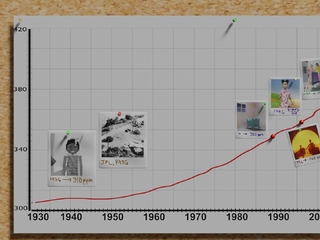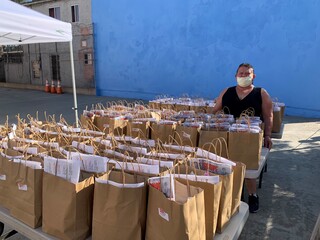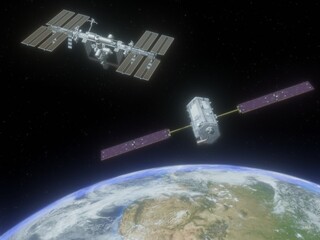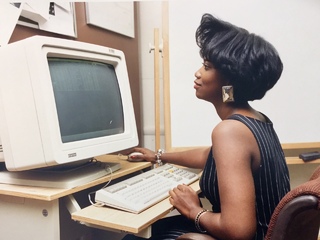Earth Science Stories | May 23, 2022
Career profile: Annmarie Eldering on leadership at JPL
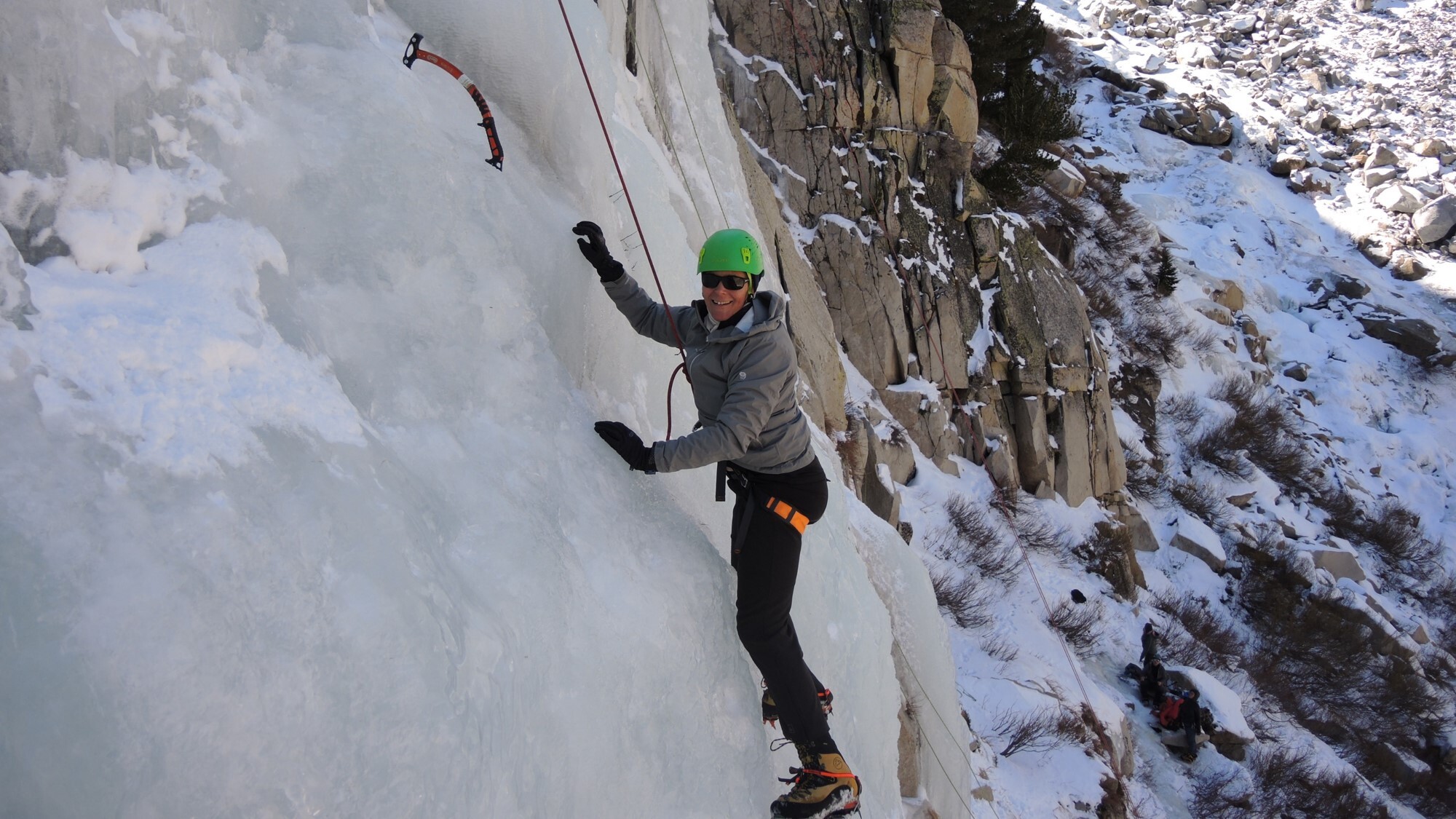
Photo credit: Eric Fetzer
Annmarie Eldering first came to NASA’s Jet Propulsion Laboratory (JPL) in 1999 for a summer fellowship, and stayed for over 20 years. Recently retired, she experienced the excitement, surprises, and stresses that come with leading the development of new satellites.
Her focus was NASA’s Orbiting Carbon Observatory satellites (or OCO). These include the original OCO mission, plus two follow-ups: OCO-2, a free-flying satellite, and OCO-3, perched on the International Space Station. These satellites were among the first to measure carbon dioxide (CO2) from space and thus track the increase of this greenhouse gas in the atmosphere.
What is your proudest moment during your 22 years at JPL?
Oh, my! There were a lot of accomplishments and teamwork that led to really good results. But to give you one, it's probably when astronauts used the robotic arms to install OCO-3 on the International Space Station and it was first turned on. The astronauts had pointed the cameras so we could watch. It was amazing. I was a little nervous because one of the first critical things was to activate OCO-3’s unique mechanism for pointing at different parts of Earth. That mechanism had given us some challenges as we were building it. When I saw through the camera that it was successful, I was so proud.
Describe some of the tense situations that arose with trying to launch a satellite.
When OCO-2 first got into space, there were some really high expectations of us producing very beautiful data as quickly as possible (i.e., in just days), and we weren’t able to do that. It was very complicated. Also, we realized we had an error in the polarization of the instrument build, and we were going to have to make changes in how we flew the satellite. These were definitely very difficult conversations with the bosses: first, informing them that this error existed, and second, how we proposed to still get the science done. However, we were able to move from problem to solution. The engineering team saved us, and found that if we rotated the spacecraft a bit, we could still make the measurements.
The first Orbiting Carbon Observatory never made it to space, and then you had difficulties with OCO-2 once it was in space. How did you deal with that?
You can imagine. I wasn’t involved with the original OCO, so I didn’t have the same scar tissue as the other folks from that launch failure. But I had worked on another instrument, TES (Tropospheric Emission Spectrometer), which also went through a whole bunch of issues, as it didn’t work quite as expected after launch. So, when OCO-2 had these initial difficulties, I had by then learned that there’s always surprises with space missions. But, we had such an awesome team. Whenever we encountered a problem, we found two or three ways to cope with it.
Many of your colleagues say that you were very patient and kind with new hires and took the time to explain things. How did you have time to do that when you were really busy?
In some ways, it doesn’t take a lot of time. Talking to new hires once every 2-3 weeks wasn’t a big drain. Plus, we had a great team. My role was the maestro of the orchestra. If my team is deployed and active, then it’s fine if I can’t be in a technical meeting because I’m taking time to meet with a new hire instead. Things are going to roll. The whole team knew where we were going and that freed me up to do other things.
Where’s your favorite place to travel?
Two places come to mind. I had a few meetings in the Netherlands for the TES project, because one of the instruments on the satellite was a joint project with the Dutch. That was super fun because my grandparents are all from Holland. One time, my parents were visiting Holland at the same time that I was there for work. When I was free, we’d just hop on the train to little towns and go places and meet with some family connections.
Second, with OCO work, we did a lot of collaborative work with Japanese scientists. Japan is such a beautiful place to visit, and the people are so gracious. They’d always put together fantastic dinners and events. On our last trip, we got a private tour of one of their Buddhist temples. So, Japan is way high on my list.
You are known as being an inveterate list-maker. Now that you’ve retired from JPL, what are the big things on your list?
I did make a lot of lists, that is true. And I still have lists! The big things are: 1) I’ve been taking French lessons forever because my partner is French and her family doesn’t all speak English. So, I’m working on my French right now. 2) I have a lot of biking objectives. I’ve been out even when it’s snowy and 27° Fahrenheit. I’m heading out on a 440-mile week-long trip soon! And 3) a lot of family time. I’ve caught up with a couple of relatives I hadn’t seen in a while; I’ve seen my dad more times since I moved east than I did in the previous 5 years. I’m also working on plans to catch up with nieces and nephews and my brothers.
When you talk with students, what do you tell them?
First, I tell them that JPL is a fantastic place to work with so many interesting projects and opportunities. It’s a fantastic environment to be in.
Second, I tell them to explore math and engineering because those foundational tools open up a lot of doors, and we need our best and brightest working in those fields. You never know where it can take you, and it can be super fun.


